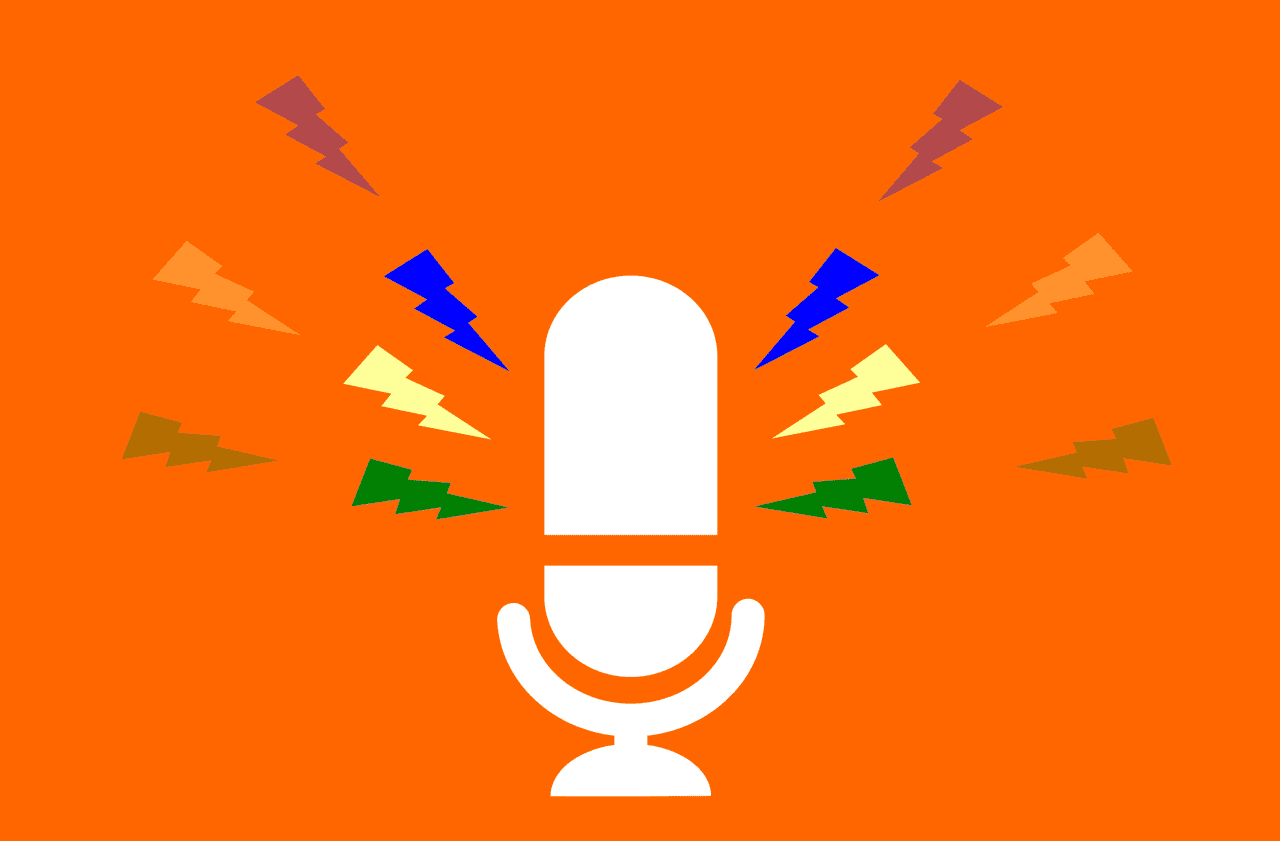
The initial flush of enthusiasm around Spotify’s Gimlet and Anchor acquisitions earlier this month should fade quickly into a more mixed—even queasy—feeling about where the podcasting market is headed for publishers.
The news gave the podcasting medium a PR boost and, likely, investors will notice that valuations and respect for on-demand audio will increase for a bit. But in many ways, this deal—in which Spotify is promising to be both a mega-publisher and a mega-platform for podcasting—suggests a familiar, troubling dynamic for potential branded media partners.
Spotify certainly is in the best position to offer podcast publishers a slightly more polished mass distribution platform than Apple. The podcast experience within Spotify’s software is not as elegant as in many dedicated podcast apps, but the platform has a good recommendation engine that could be aimed at making niche content more discoverable to target audiences than Apple’s feckless iTunes ever did. If Spotify’s buying spree continues, it might want to consider snapping up one of these superior podcast apps.
But there is the rub. Spotify is, after all, a platform. As a potential new distribution hub, it will carry all the uncertainty, dependencies and monetization questions that have plagued platform/publisher relationships with Google and Facebook and, before that, on countless “portals.” The Spotify deal simply brings the same troubling dynamic of digital publishing into podcasting. Publishers trade distribution for autonomy, direct monetization and direct relationships.
The questions are as open as they are endless. What kinds of deals will Spotify make with both major and minor publishers? Will they take place inside or outside the membership walls? Who will control the different sorts of ad inventory? Will it be hit-driven and favor the major podcasting networks’ celebrity hosts? Or will it use its tech to help niche content find larger audiences and monetize long-tail providers? How much of a walled garden will Spotify be, in terms of sharing data and customer relationships?
The Spotify deals are complicated by its ambitions to produce content as well. Where will branded media partners sit within a platform that also competes for ear-share? And in the end, what will podcasting represent within the full Spotify ecosystem in relation to the company’s core content—music?
Surely, it’s good to have a well-scaled, well-tooled alternative to Apple for distribution. But as indifferent and benign as Apple was as a podcasting “partner,” it was at least, well, indifferent and benign. Producers could experiment with form and monetization formats. It’s hard to believe Spotify will play as laissez-faire a role with its partners.
To be fair to Spotify, they themselves probably have no firm answers to any of these questions. Don’t be surprised if we go through several years of them flopping through a range of models. Luckily, we do know that Spotify has a history of decent revenue sharing through direct deals with both labels and artists. They appear to recognize the value and importance of branded content, and respond to their demands for better monetization via platforms. That is a lot more than we can say for some platforms, and I think it should bode well for podcast publishing partners.
Let me suggest to Spotify that it’s in a good position not to replicate the ham-handedness of previous generations of digital distribution platforms. It can extend its lessons learned from working with music providers and listeners that content and brand matter.
In a next-generation platform world, Spotify could provide publishers with more direct, generous and diverse routes to monetization. What podcasting needs is a platform that can accommodate and accelerate host reads, dynamic ad insertions and subscriptions so that producers and consumers can calibrate the business models that work for them and their content.
Speaking of business models, Spotify could and should lead the way to much deeper metrics about usage, audience, targetable demos, contexts and locations for advertisers. And if the company truly values the intimate relationship podcasts and their audiences enjoy, it will find a way to pass through or share that direct relationship with the publishers.
At the same time, Spotify could and should give podcasting a better front end. We need a discovery mechanism that serves the long tail with searchable audio, smart recommendations, easy personal curation of the experience and easy sharing across all social networks.
The things that need to be fixed and advanced in the podcast medium will indeed take a big player, like Spotify, to do what Apple failed to do. But that requires a different spirit and motive than we have seen from digital platforms…ever.
Is this asking too much of a company trying to aggregate power, revenue and scale in the audio world to compete forcefully with traditional radio? Yeah, probably. But this is why publishers need to remain as wary of platform consolidation as ever. The lesson of the oligopoly is that media brands have to treat platforms as additive, not central to their customer acquisition strategy.
Sacrificing core audience and letting a platform dictate editorial choices and formats is a sucker’s game. Podcasts lend themselves to direct relationships with publishers, and those direct channels need to be at the core of distribution and of new content ideas. From homepages to email, mobile apps to browser alerts, social posts to print, media brands need to embed podcasts into every direct touchpoint they have with customers.
Which is to say that in order for podcasting to be a successful expansion of a media brand, it needs to be brought into the core of what a publisher does in all of the places that it does it. We shouldn’t be waiting for a Spotify or any third-party platform to help the medium grow up. Publishers have to decide to make podcasting the voice of their brands.
The post Can Spotify Help Fix Podcasting’s Biggest Challenges? appeared first on Folio:.
